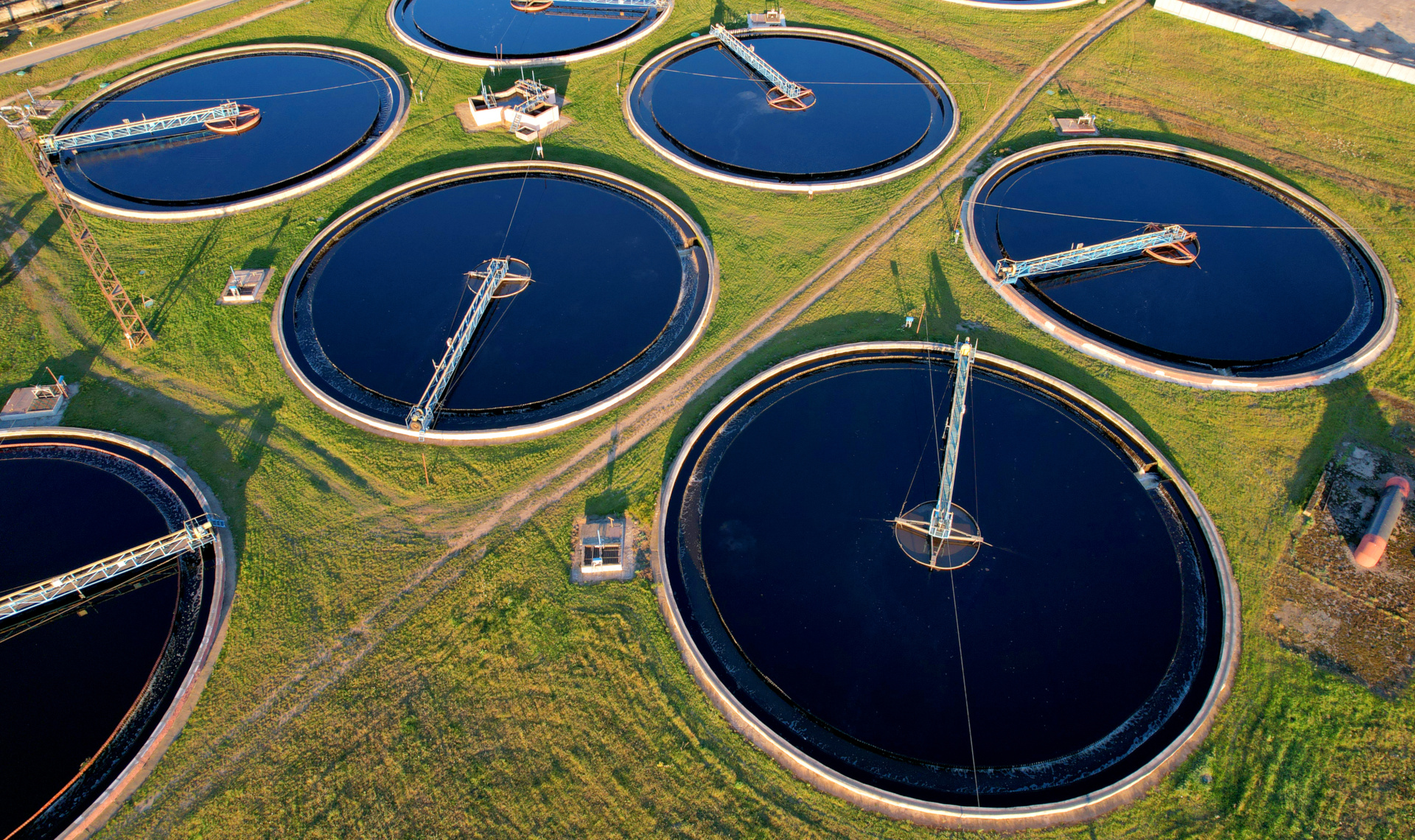Geoambiente will operate water treatment
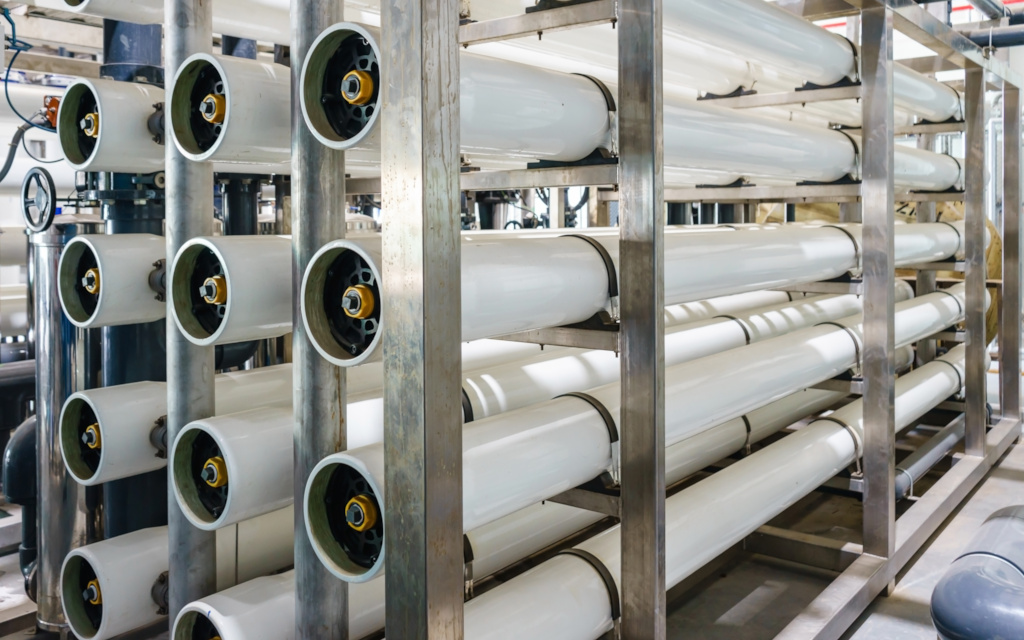
The projects and services will be provided in partnership with Petrostar, an Italian engineering company, committed to the design, manufacture and supply of primary treated water and wastewater in sectors such as food, tourism, cosmetics, textile, municipalities, agricultural farms, refineries, steel, paper and mining industries, as well as power plants.
Ion exchange
- Ultrapure demineralized water systems with a conductivity value less than 0.1 µS/cm using mixed-bed resins (cationic and anionic).
- Removal of water dissolved salts for industries that require high-quality water or to avoid minerals in steam generators.
- Water supply through water networks for demineralized water production facilities or washing processes for water recycling facilities.
Water softening
- Water softening process to reduce water hardness, removing positively charged ions, such as calcium and magnesium.
- Reduction of water hardness in manufacturing facilities and domestic tanks.
- Prevention of pipe clogging, soap dissolution, and boiler efficiency.
SWRO
- Desalination system by reverse osmosis (SWRO) for seawater to address freshwater shortage in tropical and coastal areas.
- Three-phase process to ensure drinking water quality and plant lifespan: pre-treatment, membrane technology for reverse osmosis (RO), and post-treatment or purification.
- Energy recovery device to determine the plant's electrical costs, based on local costs and environmental policies.
- Mobile units in containers from intake to distribution, with a production capacity of up to 1003/h of desalinated water.
BWRO
- Brackish water reverse osmosis (BWRO) treatment to convert water with intermediate salinity, between fresh and salt water, into purified fresh water.
- Filtration with a semi-permeable membrane and a high-pressure pump that divides the product into low-salinity water and high-salinity water (95% to 99% of salts are concentrated).
- Removal of dissolved salts (ions), particles, colloids, organic material, bacteria, and pyrogens from water.
Ultrafiltration
- A method that uses pressure to pass water through a semipermeable membrane with micrometric pores.
- Retention of fine particles, colloids, bacteria, viruses, sediments, and organic macromolecules.
- Effectiveness for industrial water treatment, drinking water production, and pretreatments for reverse osmosis (RO).
- Use of polymeric materials such as polysulfone (PS), polyethersulfone (PES), polypropylene (PP), and polyvinylidene fluoride (PVDF), as well as hydrophobic materials.
Filtration
- Industrial filtration of water to remove pollutants before its use in industrial or manufacturing processes.
- Removal of pollutants such as iron, ammonia, arsenic, PFAS, suspended solids, heavy metals, oils, hydrocarbons, and organic substances.

